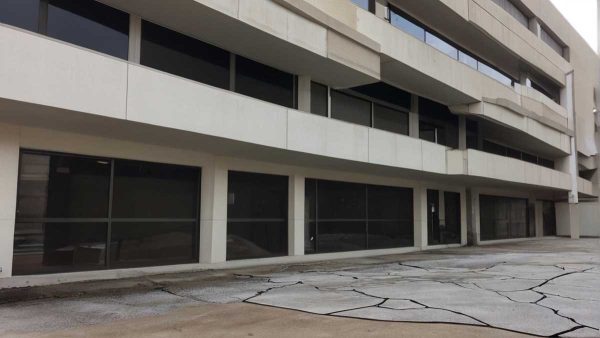When to choose concrete restoration over replacement

In the lifecycle of any commercial property, decision-making regarding maintenance and upgrades is crucial. One common dilemma faced by property owners and managers is choosing between concrete restoration and complete replacement. While replacement might seem like a comprehensive solution, restoration often presents a more practical and cost-effective alternative. Let’s explore the scenarios where concrete restoration is the preferable choice.
Understanding the dynamics of concrete deterioration
Concrete, despite its strength and durability, isn’t immune to wear and tear. Factors like weather conditions, load stress, chemical exposure, and inadequate maintenance can all contribute to its deterioration. The key is to assess the extent of damage and its impact on structural integrity and aesthetics.
When to consider concrete restoration
Surface-level damage
Restoration can effectively address these issues if the damage is superficial, such as cracks, spalling, or discoloration. Techniques like sealing, patching, or applying overlays can revitalize the concrete without needing a complete overhaul.
Time constraints
Replacement is a time-intensive process that often requires extensive labor and downtime. Restoration can be a quicker solution, minimizing disruption to your business operations.
Historical or architectural preservation
In cases where the concrete is part of a structure with historical significance or unique architectural features, restoration is preferable to preserve the original design and integrity.
Environmental impact
Concrete restoration is generally more environmentally friendly than replacement. It requires less material and energy consumption and reduces construction waste.
Scenarios where replacement might be necessary
Severe structural damage
If the concrete has sustained significant structural damage that compromises safety, replacement may be the only viable option.
Deep-set issues
Problems like deep-seated corrosion of reinforcement bars, severe undermining due to water damage, or extensive internal cracking might necessitate replacement.
End of lifecycle
When concrete has reached or exceeded its expected lifespan and shows widespread deterioration, replacing it could be more practical in the long term.
Making the right choice
The decision between restoration and replacement should be based on a thorough assessment of the concrete’s condition, considering factors like extent of damage, cost, time, historical value, and environmental impact. Consulting with a professional, like those at JKI Industries, can provide valuable insights and recommendations based on your specific situation.
